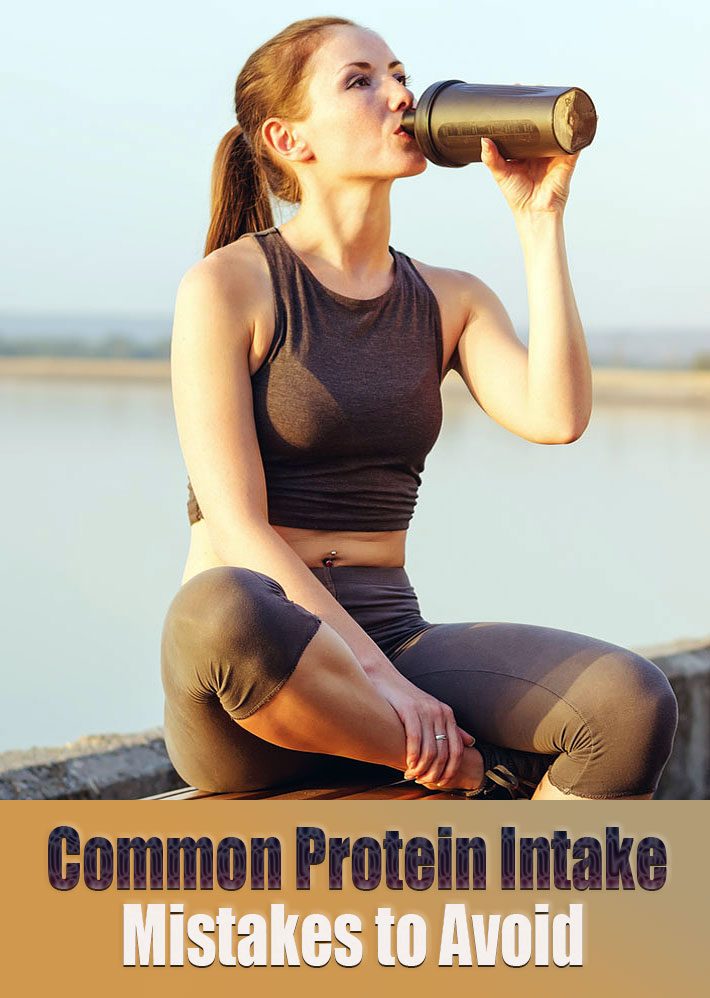
With all of the buzz surrounding protein’s vital role in weight loss, muscle building, and skin health, you may be tempted to scarf it down in any shape or form. But even though the macro is essential to crush and maintain those body goals, there are wrong ways to consume it.
Trying to rev your metabolism or beat your personal record at the gym? Begin by avoiding these six common protein intake mistakes to reach your fitness and weight loss goals faster.
Eating Too Much Protein Post-Workout

As with everything you eat, more protein isn’t always better. After a certain point, your body won’t be able to utilize it all. A study in the International Journal of Sports Nutrition and Exercise Metabolism shows that 10 grams of essential amino acids—which equates to 25 grams of a complete protein—is enough to maximally stimulate protein synthesis. Translation: the average person probably doesn’t need to scarf down that 30-gram protein bar.
Not Eating Enough Protein

Just because you’re seeking to slim down doesn’t mean you have to cut your protein intake along with your calories. Harvard Medical School states that the Recommended Dietary Allowance for protein is 0.8 grams of protein per kilogram (or per 2.2 pounds) of body weight. Protein recommendations for endurance athletes are 1.2 to 1.4 g/kg body weight per day, whereas those for resistance and strength-trained athletes may be as high as 1.6 to 1.7 g/kg body weight per day. So, if you aren’t professional athlete and if you weigh 150 pounds, you should be consuming no less than 55 grams of protein per day.
Eating Proteins From the Same Source
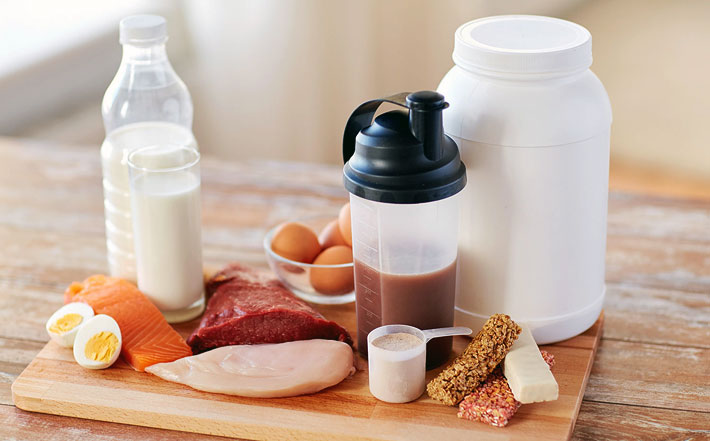
Since a complete protein provides all nine essential amino acids that the body cannot produce on its own, it is optimal for both weight loss and muscle growth. Varying your protein sources will ensure you’re getting all nine essential amino acids as well as other vital micro and macronutrients such as vitamins and fiber, which can prevent disease, spur weight loss, and grow muscle.
Aim to eat a variety of leafy greens, veggies, legumes, fruits, and nuts each day, along with meat and fish. And if you’re dead-set on supplementing your diet with protein powders, don’t only opt for shakes.
Buying the Wrong Protein Powder
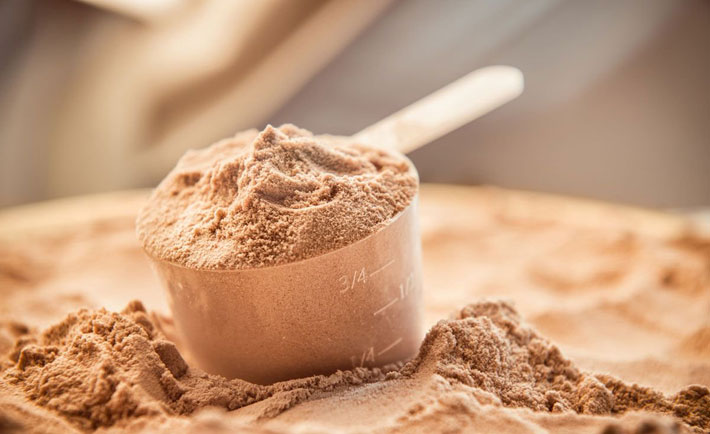
Don’t be swayed by the sheer size of the protein aisle at nutrition stores; downing one of those powders can make your belly seem just as swollen. Many commercial preparations tend to contain a bunch of funky additives such as preservatives and artificial sweeteners.
Not Buying a Blended Plant Protein Powder
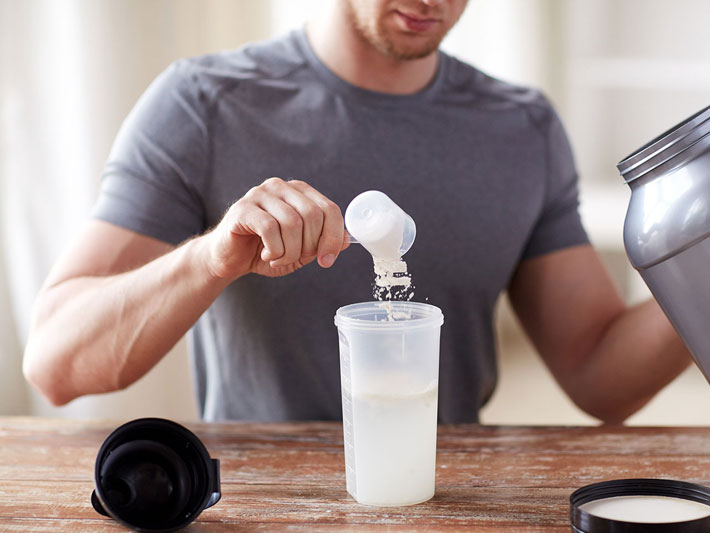
If you’re opting for plant protein, make sure to look for pea, hemp, soy or rice powders, ideally in blends. Although plant proteins are wonderful when it comes to slimming down, they do have one drawback: powders that contain protein from a single plant don’t contain the nine essential amino acids. Consuming a blended plant protein powder (such as one that contains both pea and rice, along with a variety of sprouts) will ensure you’re getting the most bang for your supplement buck.
Still skeptical about powders that aren’t animal-based? A 2013 study published in the Nutrition Journal found that whey and rice protein isolate equally improved body composition and exercise performance.
Eating Protein at Only One Meal
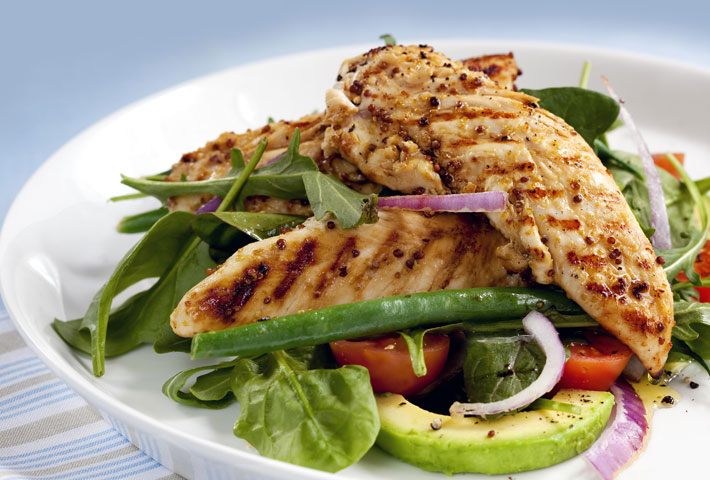
You already know to eat periodically throughout the day to maintain a speedy metabolism. But you should also make sure those meals and snacks contain protein. Don’t wait until after your workout or dinner to consume it all in one sitting; spacing out your protein consumption will ensure your body can absorb it all. Plus, ensuring that each meal contains protein will increase satiety all day long. In fact, a study published in the journal Obesity found that people who ate a protein-rich breakfast prevented weight gain as well as ate less and reported less hunger throughout the day.


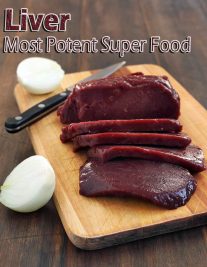
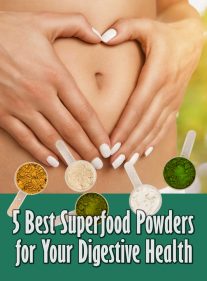
Leave a Reply